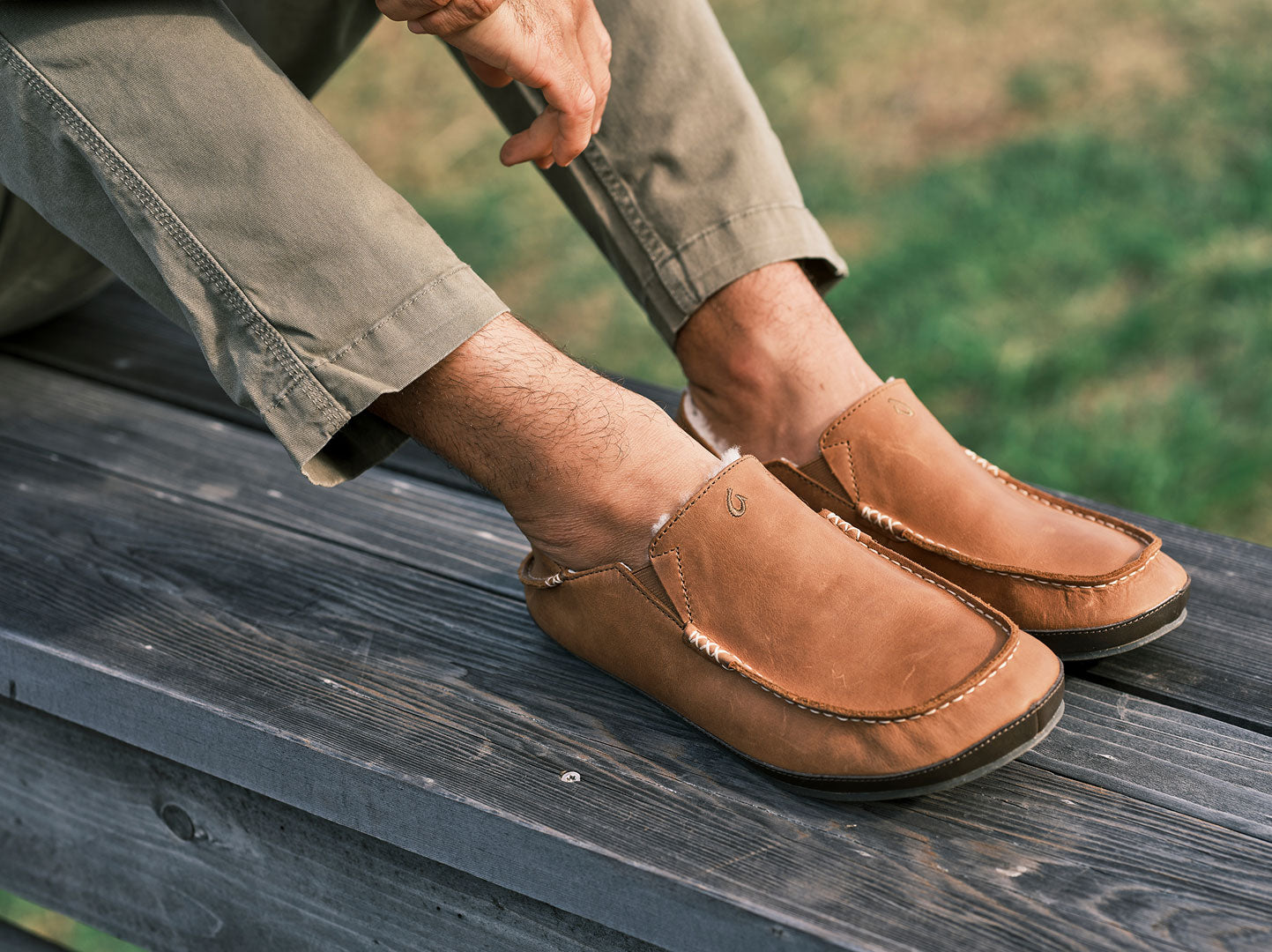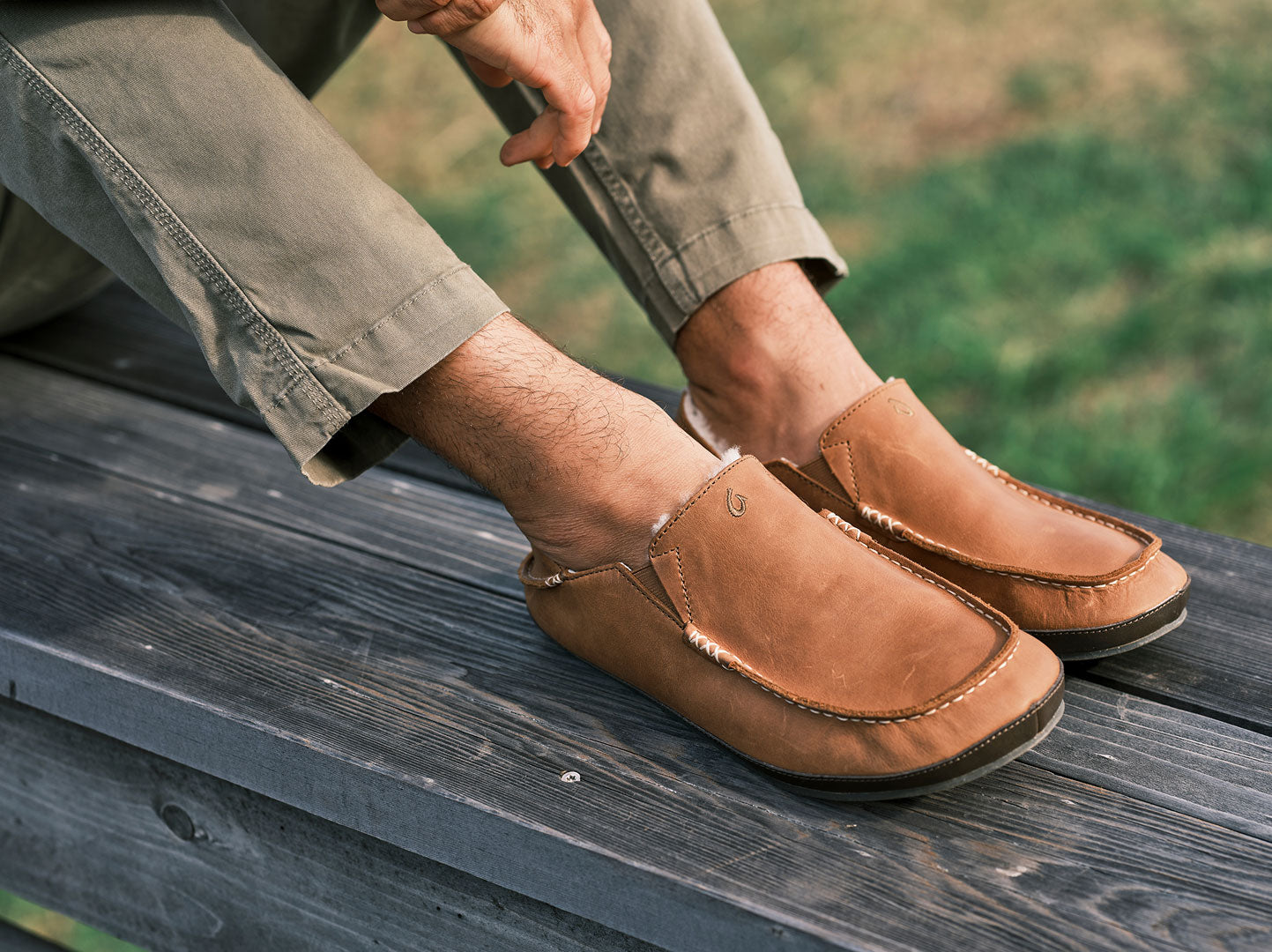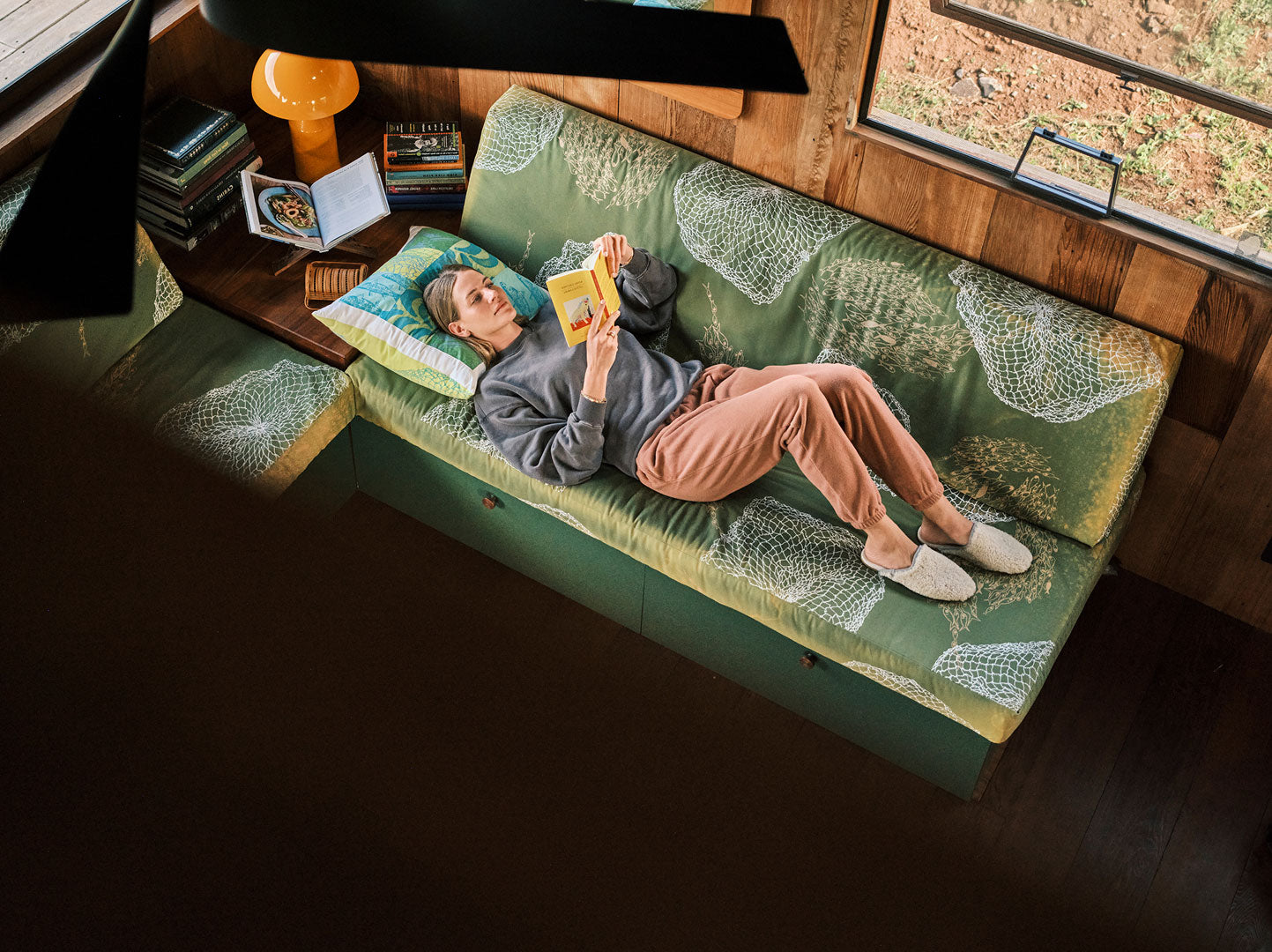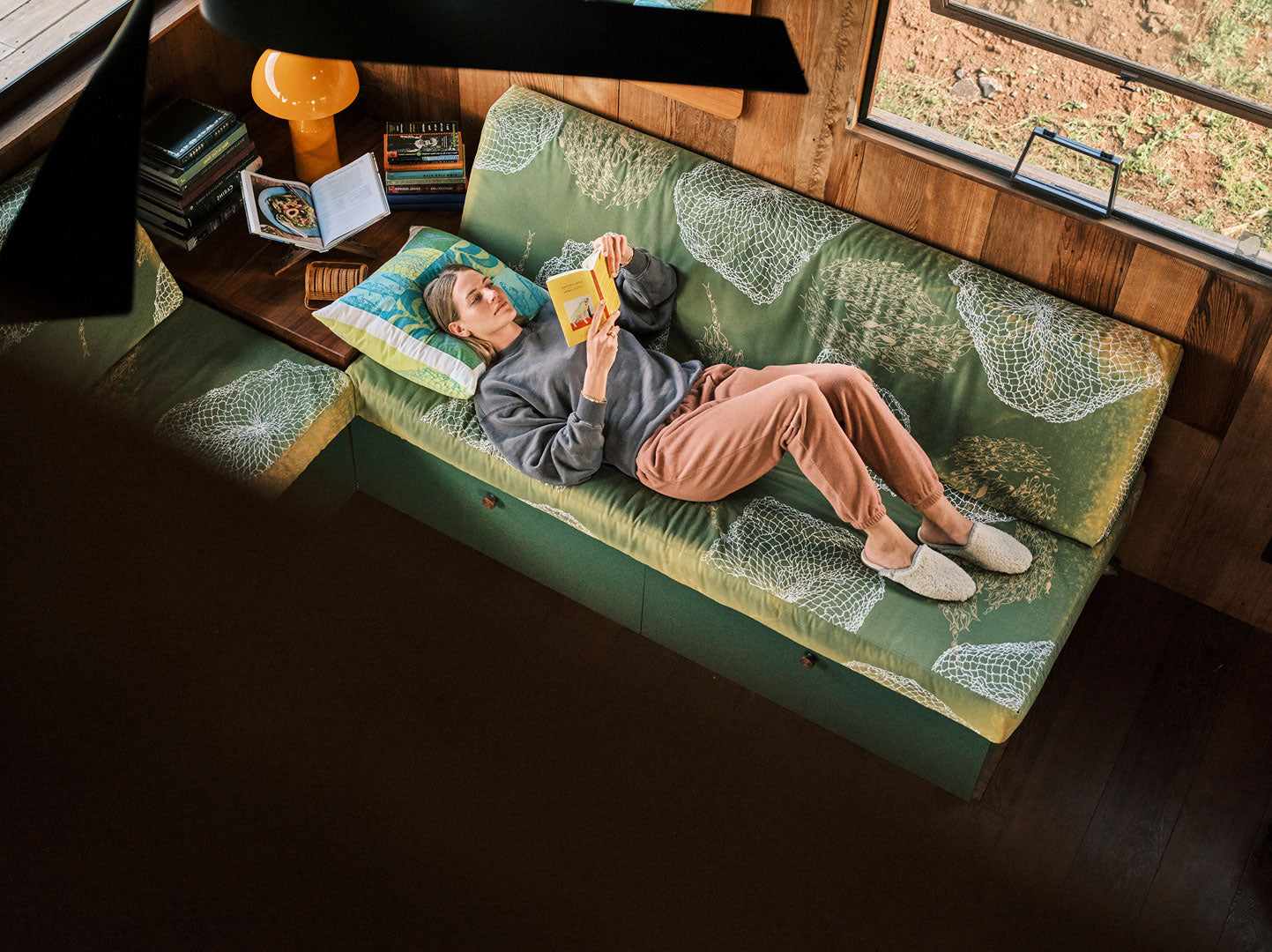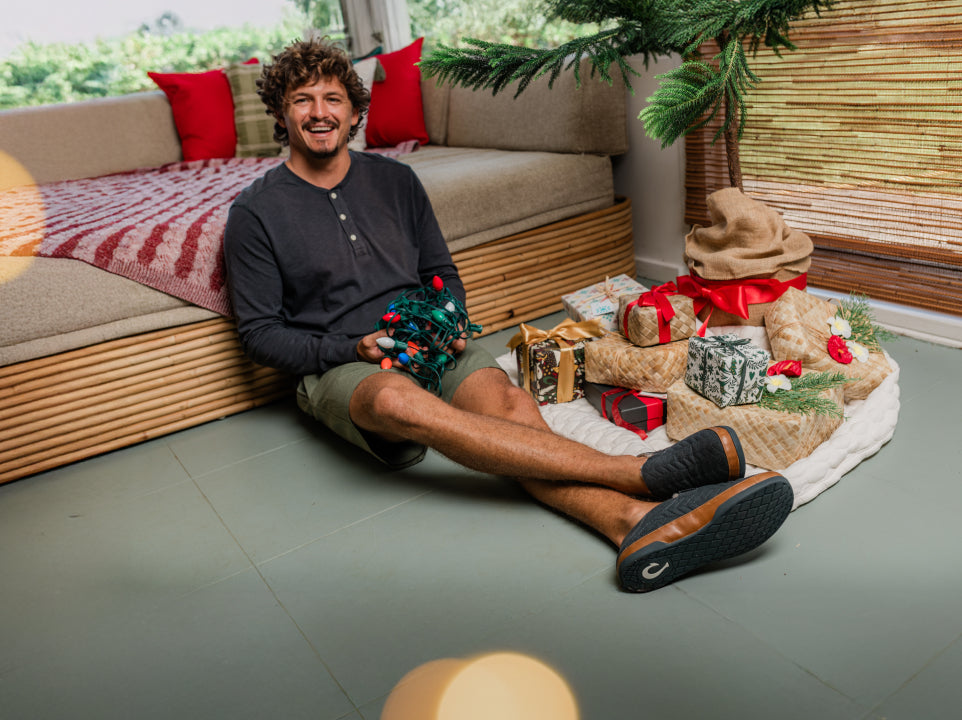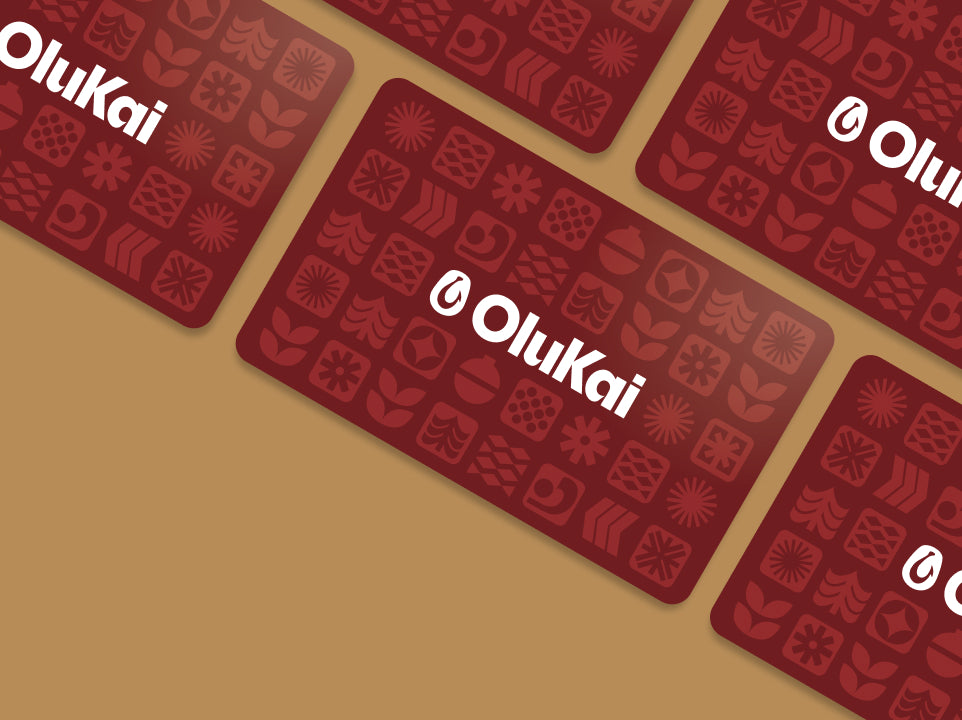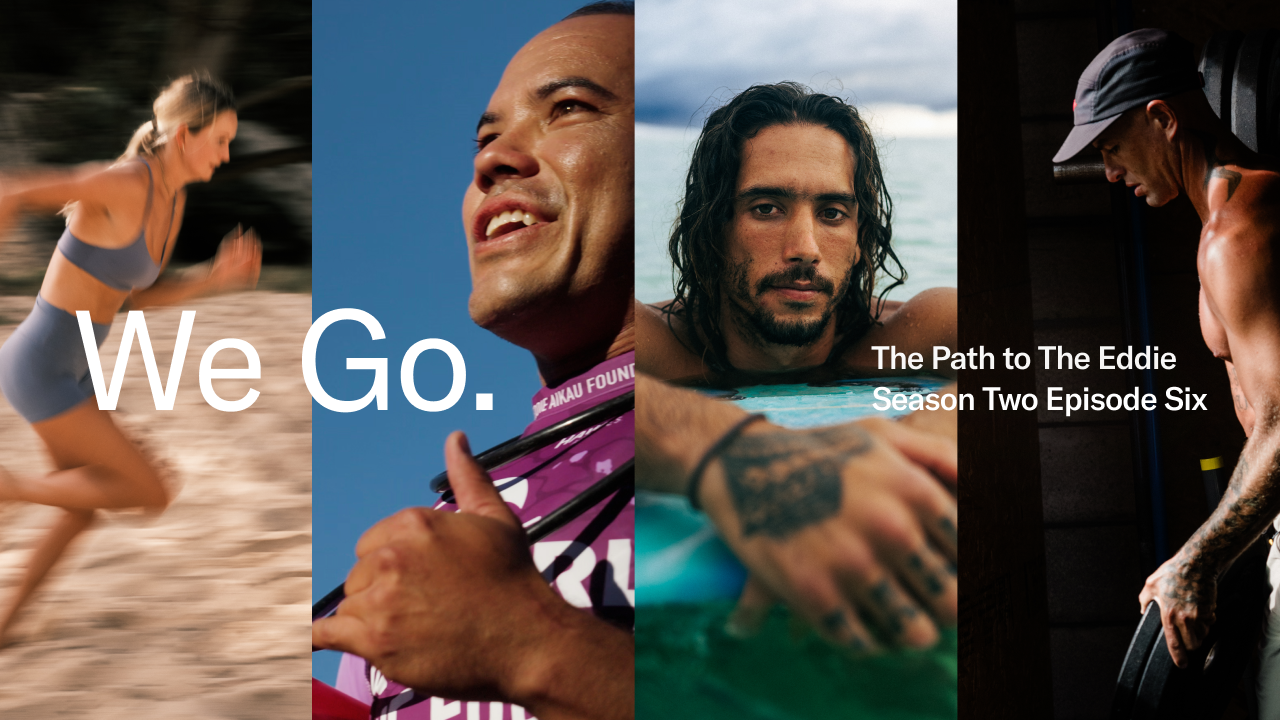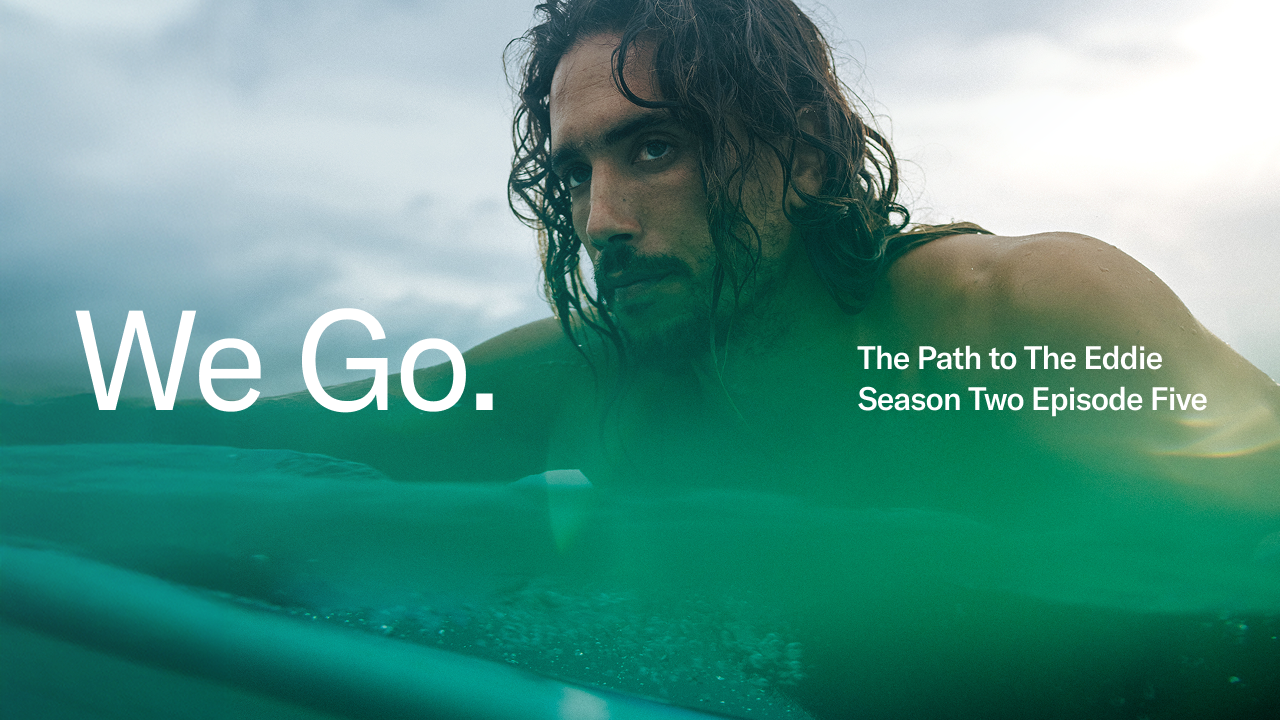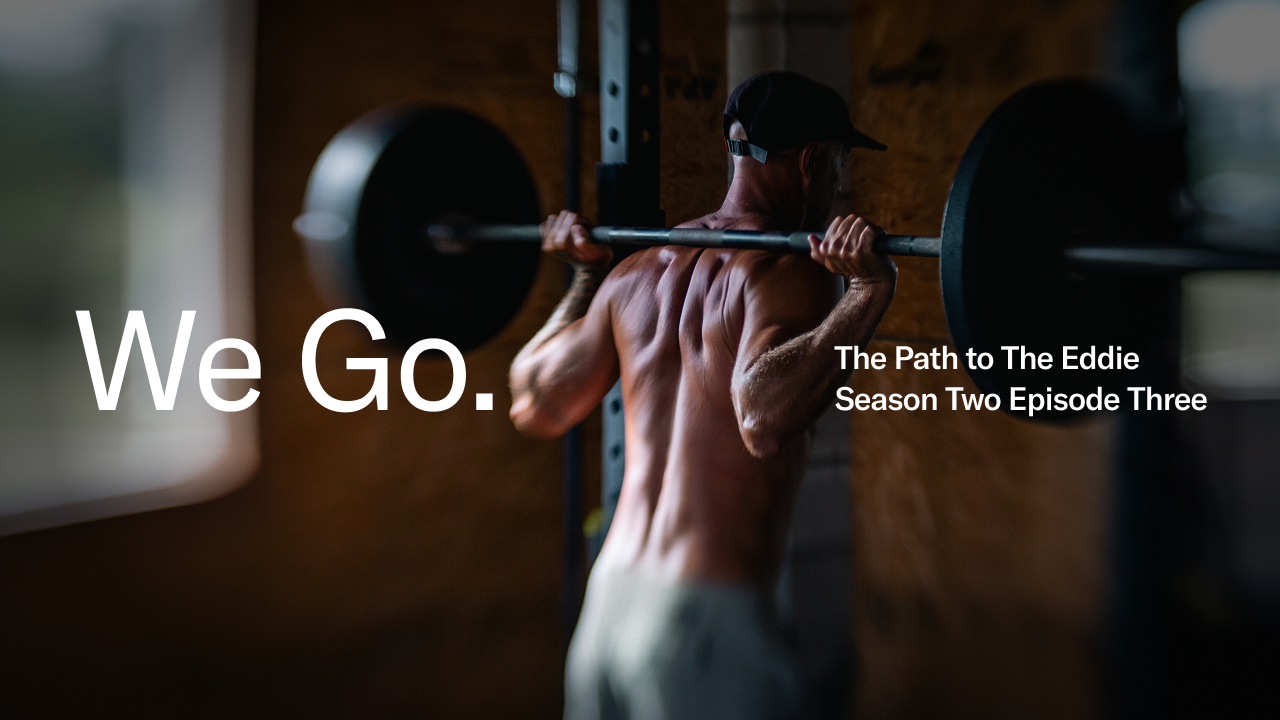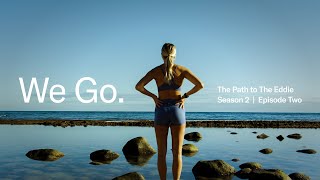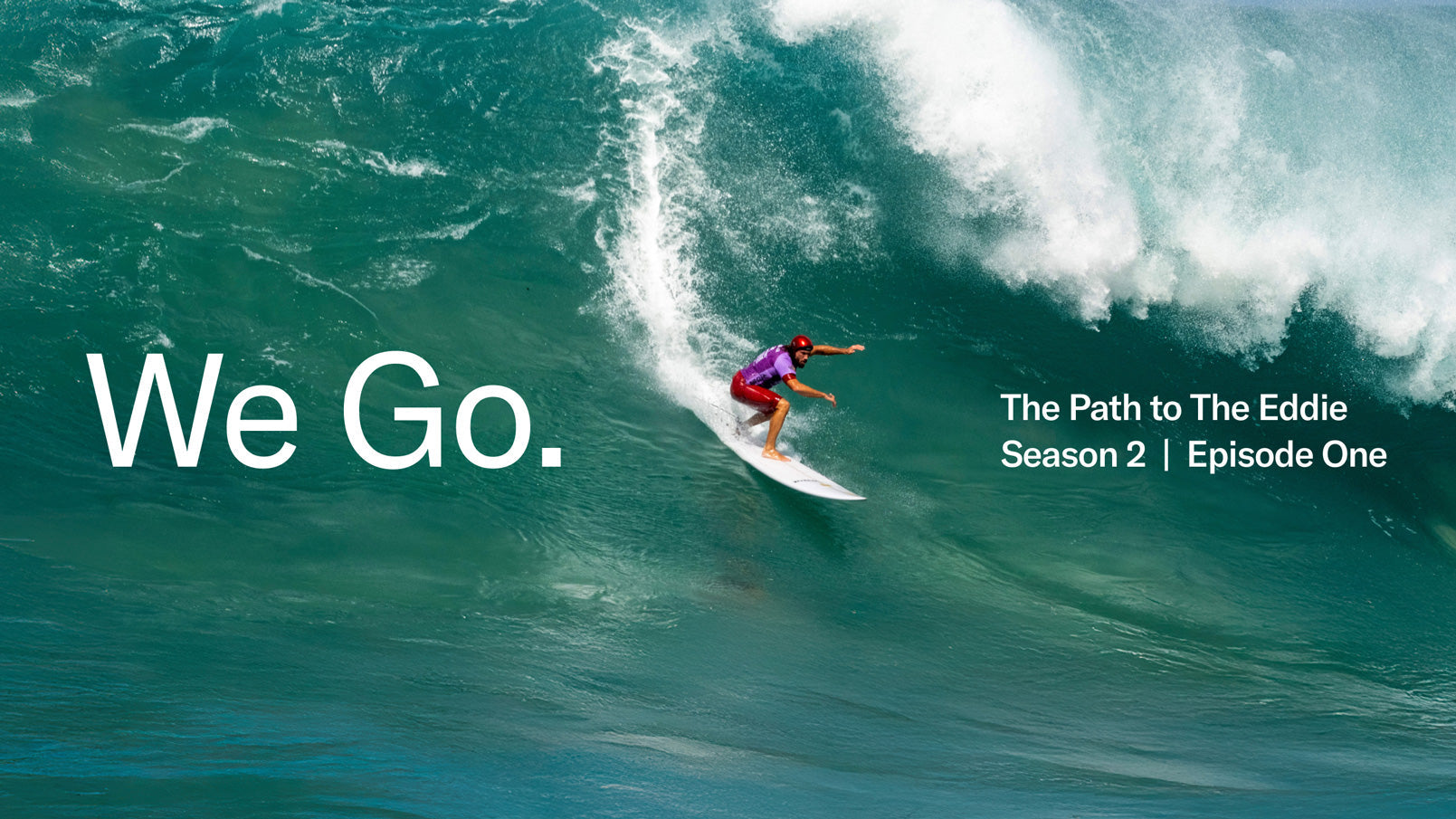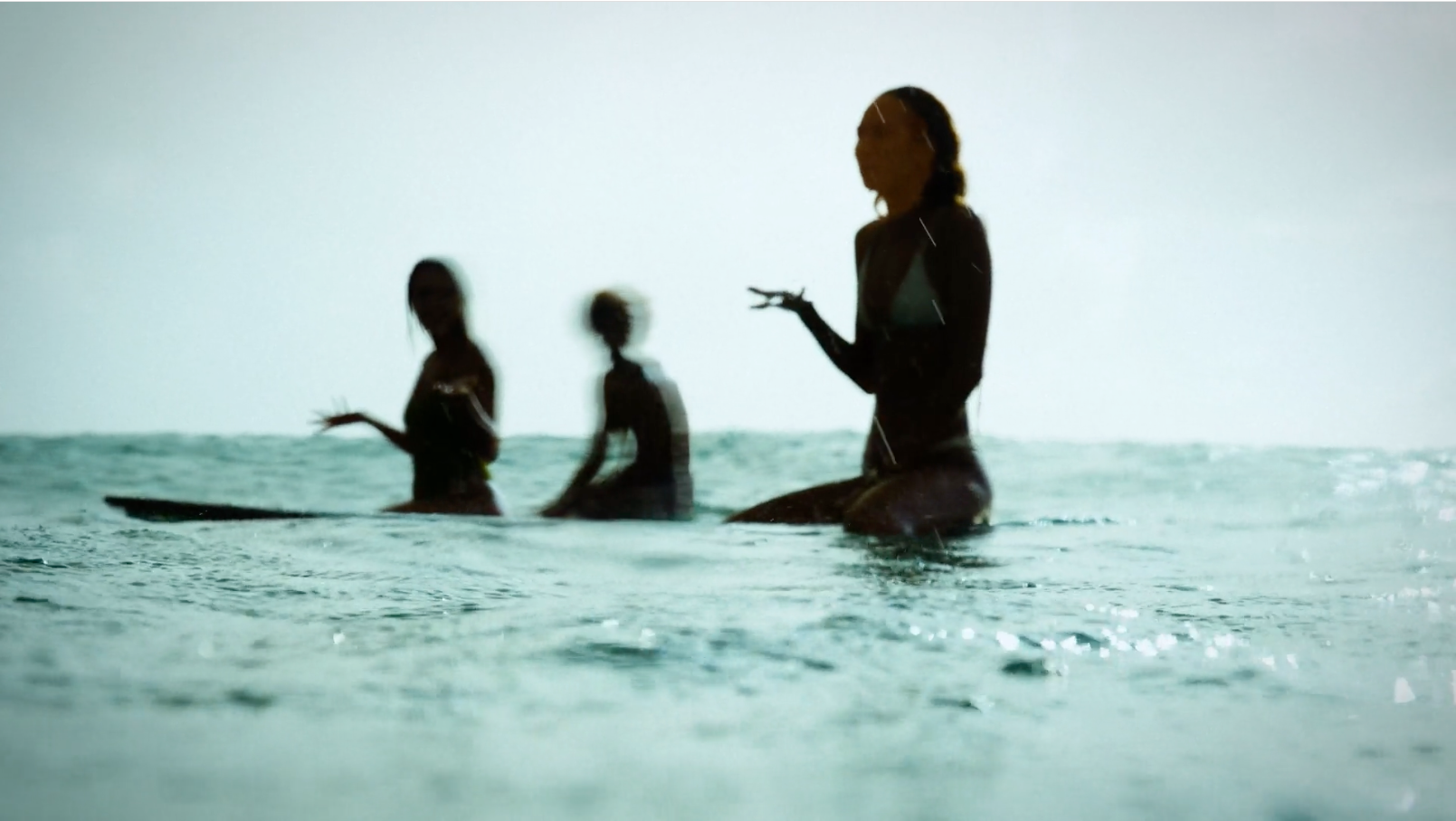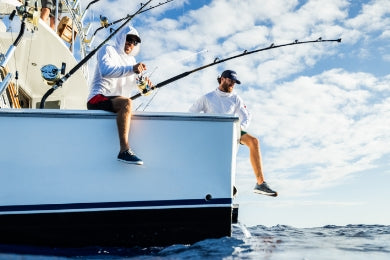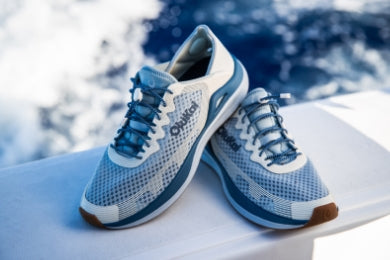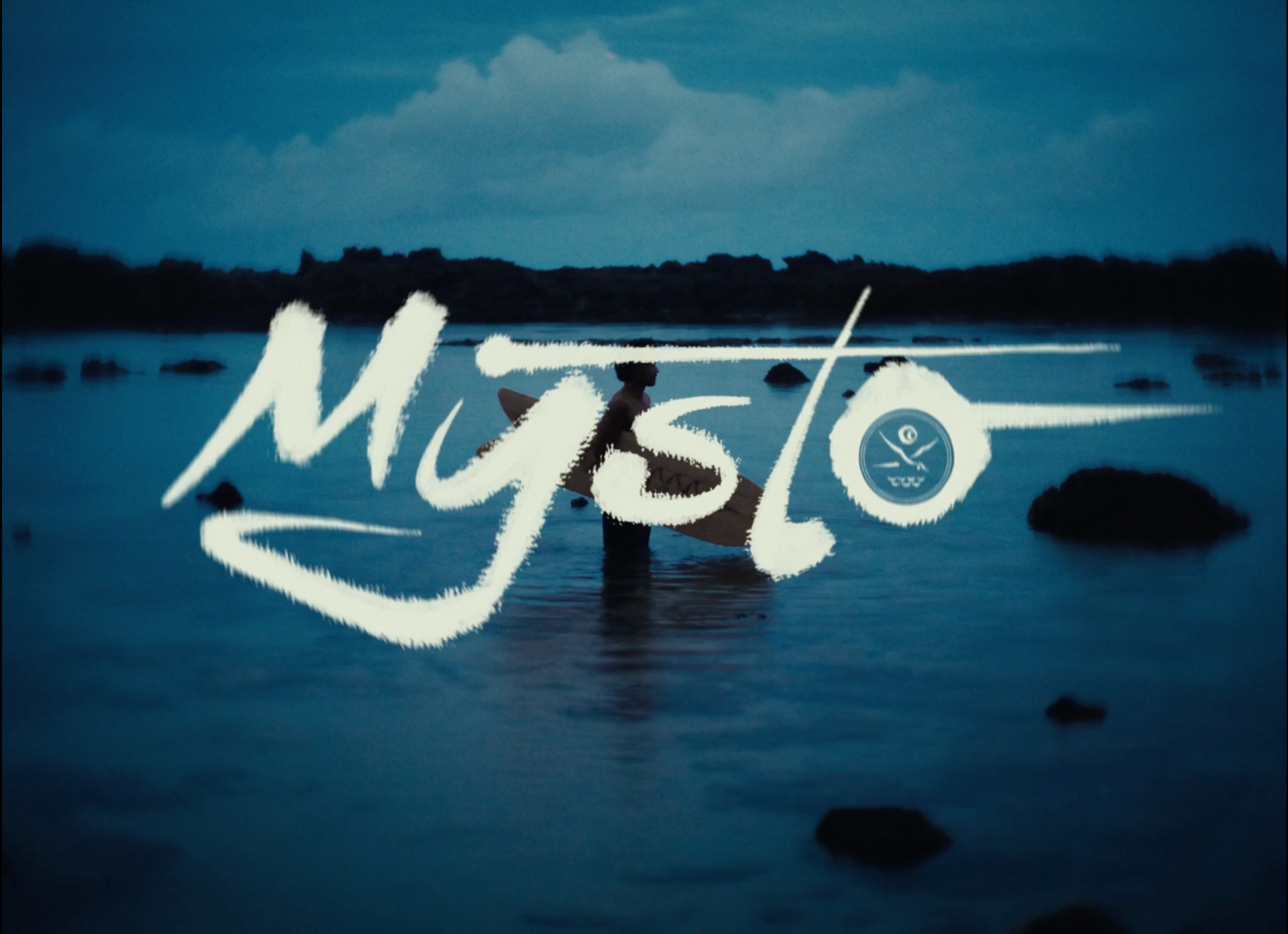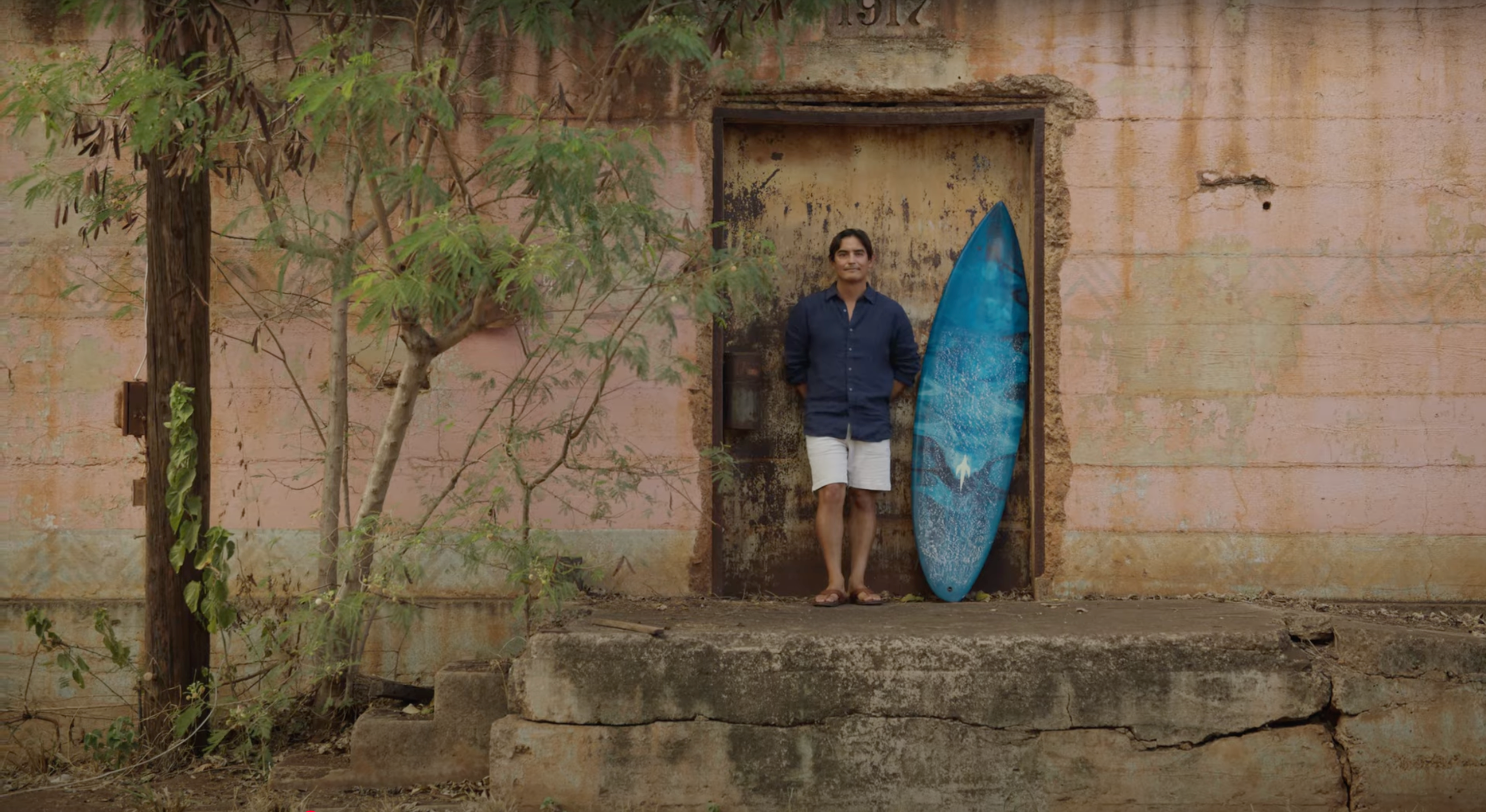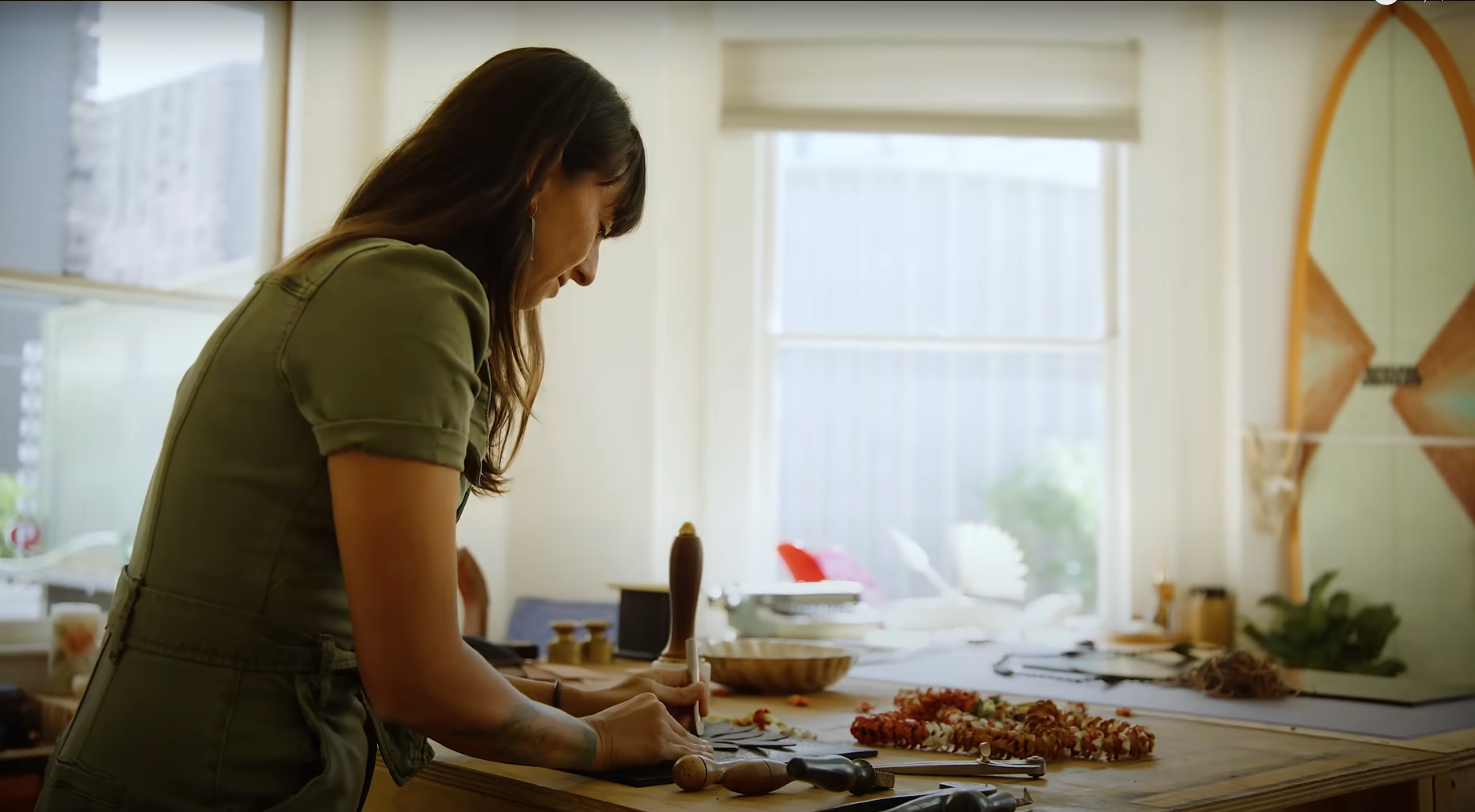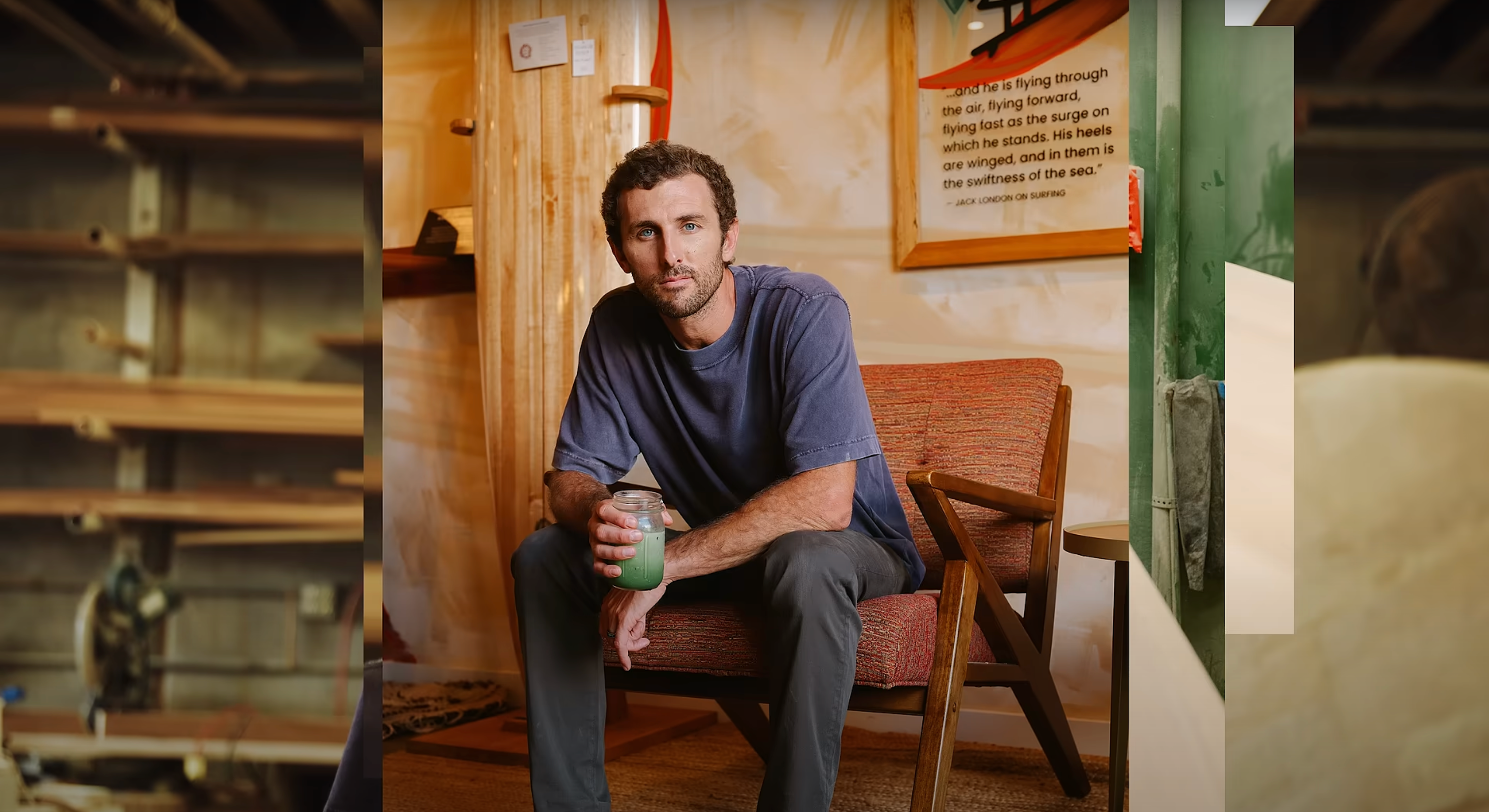Beyond the glitz and glam of Kalākaua Avenue, hidden behind the designer storefronts and throngs of visitors, the history of Waikīkī tells a different story than most expect. While Waikīkī’s (Hawaiian for “spouting waters”) sprawling golden beaches and famed turquoise waters define its modern identity, for much of its life, the area was a marshland. Fed by a network of interconnected waterways and streams, this treasured slice of beachfront proved to be ideal for growing Hawai‘i’s staple crop, kalo.
History tells us that ancient Waikīkī was viewed as one of the most fertile lands in all the Islands. Complemented by nearby fishponds, it was a self-sustained graceland which fed thousands of people for countless generations. Under the rule of ali‘i going back to the 1400s, maps and accounts depict a vast series of lo‘i and fishponds stretching into coconut groves. Where the iconic pink Royal Hawaiian Hotel now stands there was once a coconut grove that consisted of up to 10,000 trees, with the first tree planted in the 16th century.
Fast forward to the 19th century and the days of early Western contact. Among Waikīkī’s fabled reefs, Hawaiian royalty found the perfect retreat. Here, surfing flourished. Even Queen Lili‘uokalani maintained a residence nearby—eventually giving rise to the area’s premiere wave that still bears her name: Queen’s.
In the early 1900s, tourism began to shape Waikīkī’s skyline with the opening of iconic resorts like the Moana Surfrider and the Royal Hawaiian. This era marked the beginning of Waikīkī as a global destination. At the same time, figures like Duke Kahanamoku emerged—not just as Olympic swimmers and surfers, but as cultural ambassadors who introduced Hawaiian surf culture to the world.

Waikīkī was also the birthplace of modern beach culture. Long before commercial surf lessons and catamaran rides, it was the Beach Boys of Waikīkī—local watermen known for their charm, skill, and deep ocean knowledge—who gave visitors their first taste of the waterman’s lifestyle on a surfboard or canoe. These figures, often multi talented musicians and lifeguards, brought Hawaiian hospitality to life, one wave and one mele at a time.
During the mid-century boom, Beach Boys culture flourished as the advent of the jet engine and statehood ushered in a wave of American tourism to Oʻahu, solidifying Waikīkī’s image as the ultimate paradise. Through it all, surfing remained a constant thread, with Waikīkī’s waters consistently producing some of the world’s most gifted watermen and women. Today, Waikīkī is an eclectic mix of commerce, community, and culture. Generational families still call it home, carrying forward a deep-rooted legacy of love for the land, the waves, and its history.

